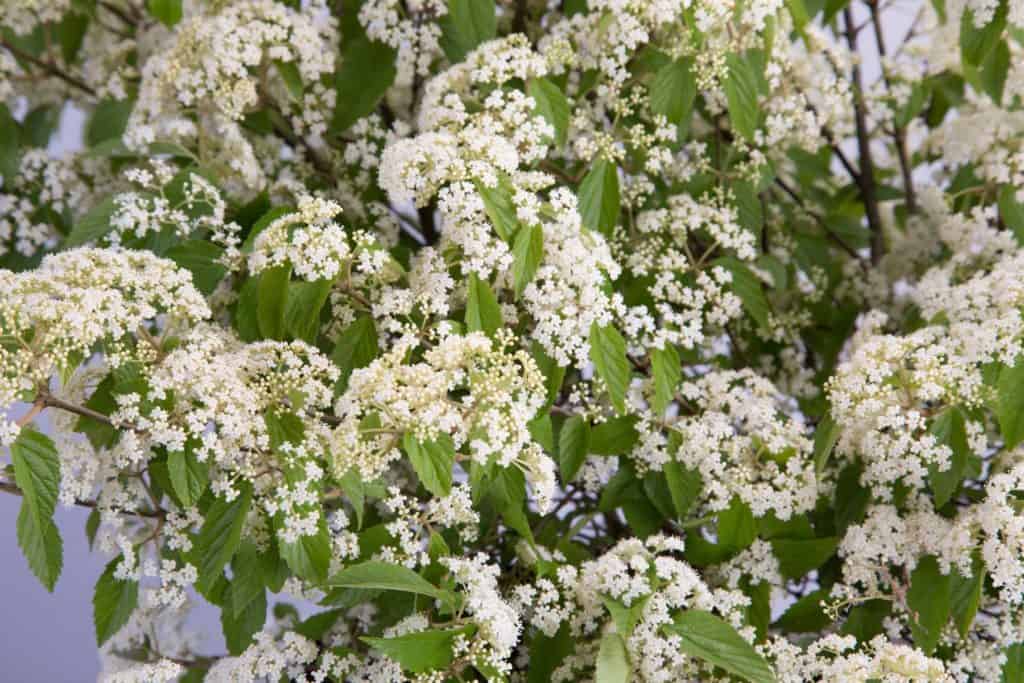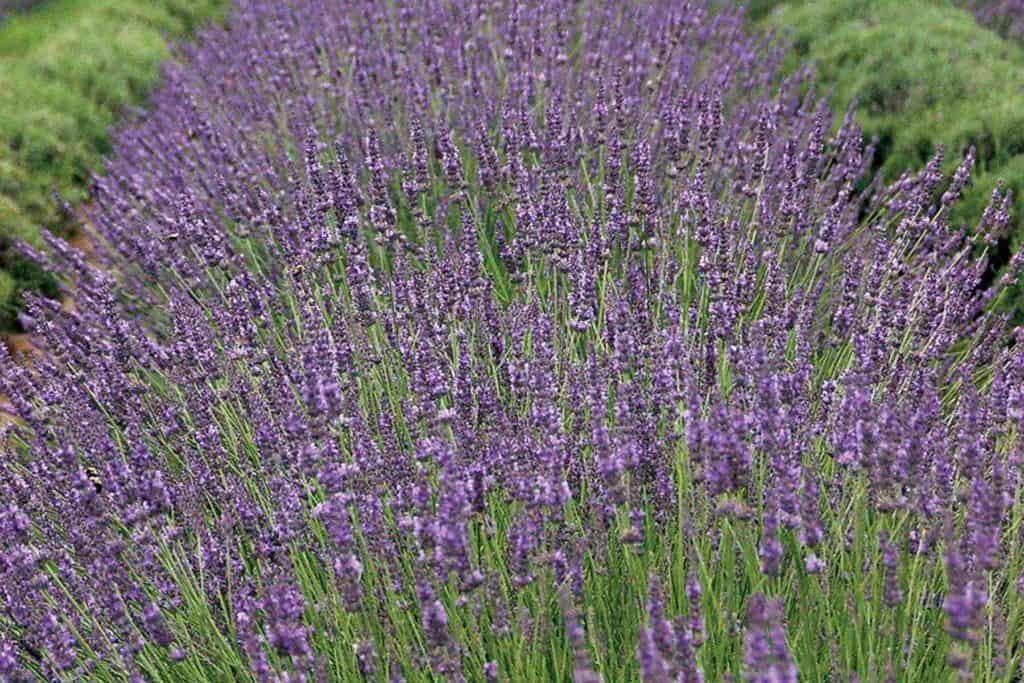By Kim Toscano
Looking to invite more butterflies to your garden? Attracting butterflies is a simple matter of offering them the essentials for survival: food, water, and shelter. Adult butterflies require nectar plants to meet their energy needs, while butterfly larvae, called caterpillars, feed on the foliage of host plants to complete their development. You can ensure an abundance of butterflies in the garden by planting a diversity of flowering plants that bloom throughout the growing season from early spring to late fall. We’ve gathered a list of what to plant to attract butterflies to your yard and keep them happy all season.

Nectar-Rich Plants to Attract Butterflies
Butterflies have a sweet tooth—or rather proboscis—which they use to sip nectar from the base of flowers. Different butterfly species prefer various nectar sources, and the flowers available to them vary throughout the season. Some plants, like buddleia or butterfly bush, attract a wide variety of butterflies, while other plants draw in specialists. It is best to plant a selection of nectar sources for each season to attract a diversity of butterflies.

Spring Bloomers
Spring wildflowers provide an early source of nectar for butterflies. The showy blooms of woodland phlox, Phlox divaricata, attract swallowtails, gray hairstreaks, and western pygmy blues to the garden. Flowering shrubs including viburnums and New Jersey tea also bloom early in the season. Flowers cloak Snow Joey in mid-spring, filling the air with an intoxicating perfume. Baltimore checkerspot and red-spotted purple butterflies are among visitors to the white flower clusters. Bridging the late spring to the early summer season, Phenomenal™ Lavender attracts eastern-tailed-blue, monarch, and swallowtail butterflies, among others.

Summer Blossoms
As their name suggests, Butterfly Candy Buddleia are irresistible to butterflies. These compact butterfly bush varieties are abuzz with showy-winged visitors, including painted lady butterflies, eastern and tiger swallowtails, and monarchs. Few plants draw as many different butterfly species to the summer garden as buddleia.

The daisy-like blooms of rudbeckia or black-eyed Susan are excellent for attracting butterflies to container plantings and gardens. Look for Diana, angelwing, and red admiral butterflies flitting among the blooms. And no butterfly garden is complete without at least one variety of salvia. An assortment of swallowtails, monarchs, Gulf fritillaries, and silver-spotted skippers can be found fluttering among salvia blossoms.

Late Season Nectar Sources
Butterflies remain active in the garden even as summer winds down. Late-blooming perennials like asters and ironweed provide a continuous supply of nectar into autumn. Over a dozen different butterfly species can be found feeding on these two species alone, including showy favorites like swallowtails and fritillaries.

Monarch butterflies will need to fuel up as they migrate south for the winter. Purple EnduraScape™ Verbena blooms vigorously, providing a constant source of nectar to migrating monarchs as well as great purple hairstreaks, buckeye, queen, and red admiral butterflies. Sedums and swamp sunflowers (Helianthus angustifolius) are among the favorite nectar plants of migrating monarchs.

While abelias bloom throughout the summer, they often put on a large flush of blooms in autumn, creating a flutter of activity. Miss Lemon™ Abelia, for example, produces light pink to lilac bell-shaped flowers from early summer through fall. Red admiral butterflies, silver-spotted skippers, and swallowtail butterflies are just a few of the many visitors found hovering among the blooms.
Food for Caterpillars
Butterfly larvae or caterpillars require host plants to complete their development. The caterpillars feed on plant foliage, which means gardeners need to tolerate a few holes in leaves in exchange for butterflies making their home in our gardens. Most caterpillars have a very narrow host range, requiring specific plants to support their development. Most of us are familiar with the associations between monarch caterpillars and their host plants, the milkweeds (Asclepieas species). Other common pairings are Gulf fritillary caterpillars and passionflower vine (Passiflora species). Other butterfly-host plant associations are less familiar but can still be nurtured in the garden.

While gardeners delight in the fragrant purple blooms of ‘Amethyst Falls’ Wisteria, caterpillars are drawn to the dark green leaves. Marine blue butterflies, silver-spotted skipper, Zarucco duskywing, and long-tailed skippers utilize native wisteria like ‘Amethyst Falls’ as a host plant. Another great native host plant is false indigo (Baptisia species), on which you might find any number of caterpillars feeding, including wild indigo duskywing, frosted elfin, clouded Sulphur, Eastern tailed-blue, and orange Sulphur.

Native azaleas, such as Solar Glow™ Sunbow® Azalea, serve as hosts to the diminutive brown elfin butterfly. The large flowers also provide nectar for adult great spangled fritillary butterflies and several swallowtails, including eastern and Palamedes. You’ll notice a trend here—butterfly larvae utilize native plants as hosts, thanks to thousands of years of close association.
Water and Shelter
In addition to food plants, butterflies need a source of water as well as shelter from wind and rain. Butterflies are often seen sipping water from puddles after rain. They need a shallow pool to drink from, which can be created by placing stones in a bird bath to provide a platform on which butterflies can land.

Flowering shrubs like Little Bonnie™ Dwarf Spiraea and spicebush provide butterflies with shelter as well as nectar-rich blooms. Planting shrubs along with flowering perennials will ensure butterflies have a place to roost near their favorite food sources.